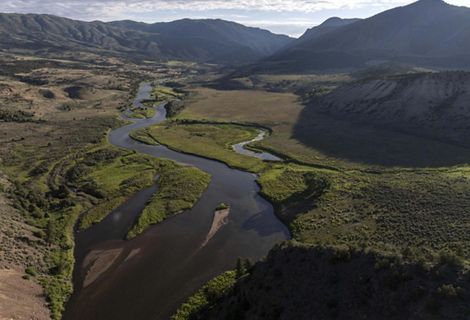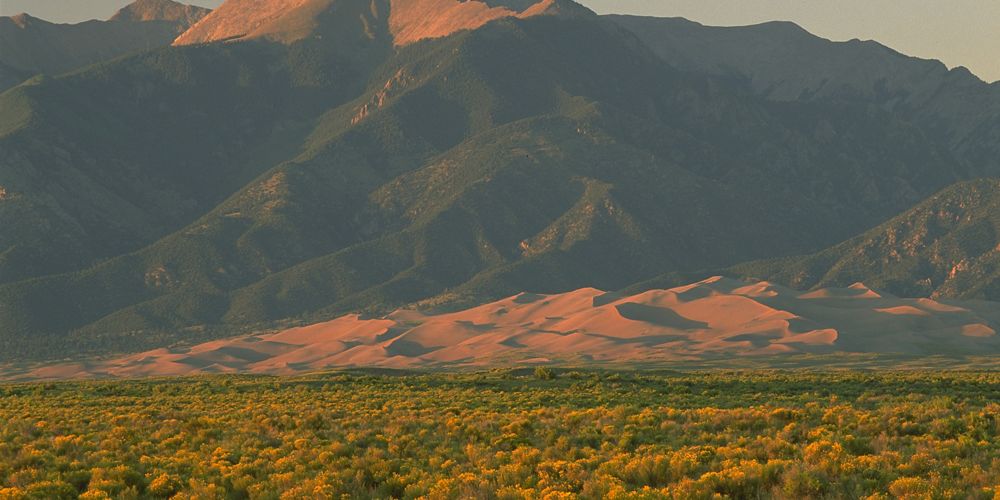Colorado River Basin
The Nature Conservancy is working to protect the Colorado River Basin, which provides water, food, recreation and energy for more than 40 million people.
Discover our local conservation priorities here in Colorado as we help to accomplish TNC's ambitious 2030 goals.
Sign up to receive monthly conservation updates and learn how you can get involved.

Discover four communities in the western U.S. and Canada that are building climate resilience by working with nature.
Video
Read our 2024 Year in Review to discover how we're advancing conservation in Colorado and beyond.
DOWNLOAD
The Colorado River cuts through landscapes that are as rugged and diverse as their inhabitants. Now, in the face of historic drought, its people are coming together to tell a different story.

The Nature Conservancy remains committed to creating a world where everyone thrives alongside nature for generations to come, protecting and preserving nature.
Discover how we're collaborating with our TNC colleagues and partners across the western U.S. and Canada to advance conservation on a transformative scale.
Colorado’s challenges require far-sighted solutions that combine science and creativity. By working together, we can chart Colorado’s future and inspire people to take action.
